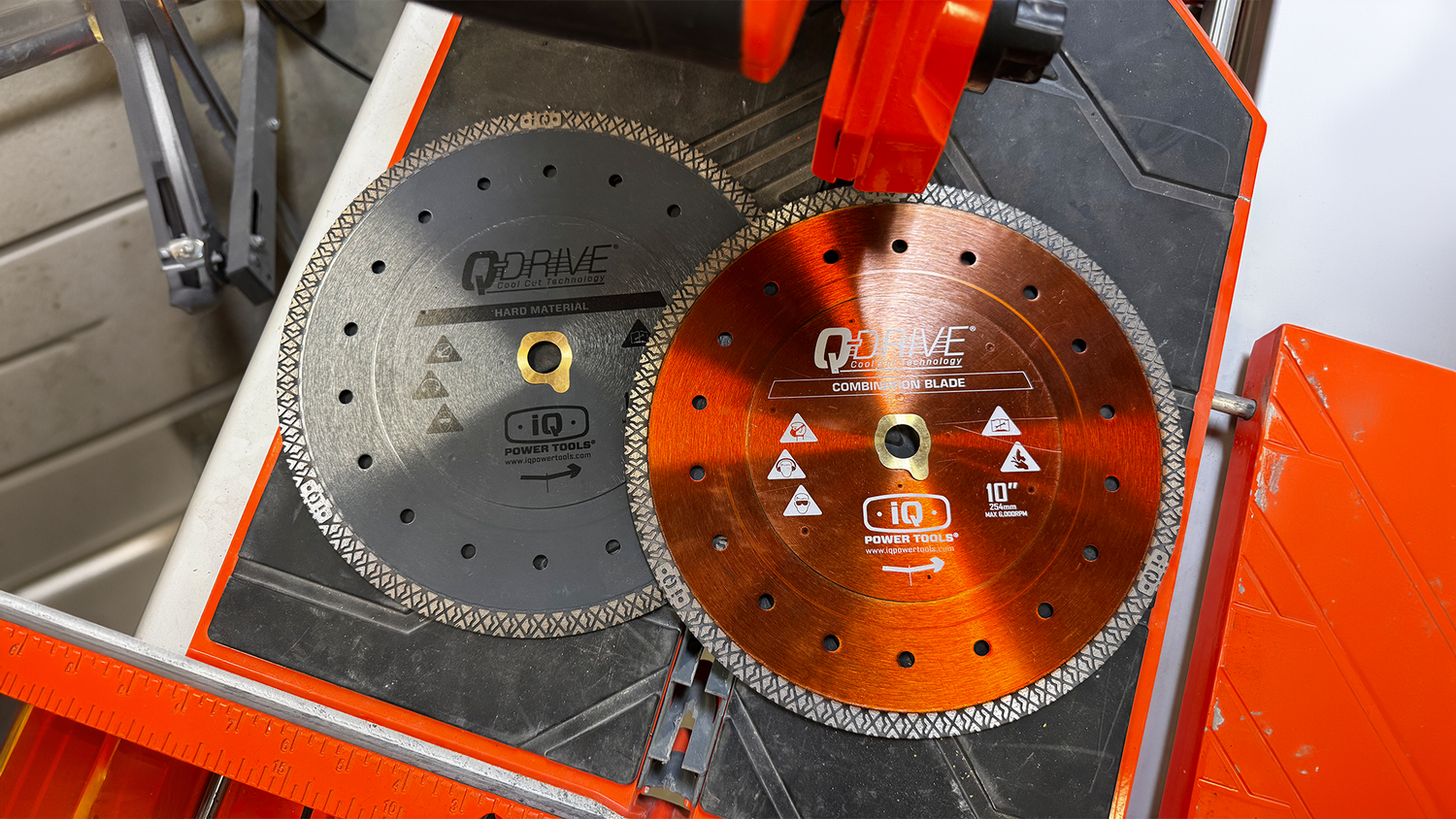Maintaining your tile saw is crucial to ensure it performs at its best and lasts for years. Whether you’re a seasoned DIY enthusiast or a professional contractor, these best practices can help you keep your tile saw in perfect condition. Read on to discover the essential tips for maintaining this valuable tool.
1. Regular Cleaning
Routinely cleaning your tile saw is critical. After each use, remove any debris, dust, and tile fragments to prevent build-up. Use a brush and a mild detergent to clean the saw thoroughly.
Cleaning extends beyond just the surface—make sure to clean the interior parts where tile dust can accumulate. Neglecting this can lead to reduced efficiency and even damage to the saw’s components. Having a consistent cleaning routine will keep your tile saw functioning smoothly.
It’s also a good idea to use compressed air to blow away hard-to-reach dust particles. Focus especially on vents and crevices. Remember, a clean tile saw is a happy tile saw, so take those few extra minutes to ensure it’s spotless. Clean tools not only perform better but they also last longer.
2. Proper Lubrication
Lubricating the moving parts of your tile saw ensures smooth operation and prevents rust. Make sure to follow the manufacturer’s instructions regarding the type and frequency of lubrication.
Lubrication is particularly important for parts like the sliding tray and the pivot points. These components undergo frequent movement and can suffer from wear and tear without proper lubrication. A silicone or Teflon-based lubricant is generally recommended, but always check your user manual for specifics.
Skipping this step can lead to parts sticking or seizing up, making your work harder and risking damage to the saw. Regular checks on lubrication levels and application will keep the saw running smoothly and efficiently. Be diligent, and your saw will thank you!
3. Blade Inspection and Replacement
Regularly inspect the blade for signs of wear and tear. A dull or damaged blade can affect the quality of your cuts and pose a safety hazard. Replace the blade as necessary to maintain cutting efficiency.
A sharp blade is crucial for making precise cuts. Inspect the blade before every job—look for chipping, dullness, or warping. If you notice any imperfections, it’s time for a replacement. Remember, a sharp blade not only improves efficiency but also reduces the chances of chipping the tiles.
If you’re unsure about the state of your blade, try a test cut on a scrap tile. If the cut is clean and smooth, your blade is in good condition. If not, it’s time for a new one. Keeping extra blades on hand is always a good idea to avoid downtime during your projects.
4. Check and Adjust the Alignment
Proper alignment of the blade and the fence is essential for accurate cuts. Periodically check the alignment and make adjustments as needed. An aligned saw prevents uneven cuts and extends the lifespan of your blade.
Start by checking whether the blade is parallel to the fence. An easy way to do this is by making a small test cut and examining if both sides of the cut are of equal size. Misalignment can cause the blade to bind or even break, not to mention ruining your tiles.
Don’t forget to ensure the fence is securely locked in place during adjustments. Even slight movements can throw off your cuts. Calibration tools, often provided with the tile saw, can come in handy to ensure perfect alignment. Frequent checks help maintain top-notch precision in your projects.
5. Water Management System Maintenance
The water management system helps cool the blade and reduce dust. Ensure the water reservoir is always filled before use. Clean the reservoir and replace the water regularly to prevent mold and mildew.
Besides filling the reservoir, it’s essential to check the water pump and hoses for any clogs or damage. Clean the filters frequently to ensure a steady flow of water over the blade. This not only cools the blade but also keeps the workspace free of harmful dust.
Replacing stagnant water with fresh water before each session prevents algae build-up, which can clog the system. Make it a habit to drain and clean the reservoir after each use. Regular maintenance of the water management system ensures your blade stays sharp and your cuts remain clean.
6. Inspect Power Cords and Connections
Inspect the power cords and electrical connections for any signs of damage or wear. Replace faulty cords immediately to avoid electrical hazards and ensure the saw operates safely.
Electrical safety cannot be overstated. Regularly check the plugs and connection points; loose connections can result in power loss or sparks, posing significant risks. If you notice any frayed wires or loose connections, address them promptly. Never use the saw with a compromised electrical cord.
In addition to visual inspections, listen for any unusual sounds when the saw is running, as these can indicate electrical issues. Routine maintenance checks can prevent sudden failures and protect you from potential hazards. Safety first—always!
7. Store Properly
When not in use, store your tile saw in a clean, dry place. Use a cover to protect it from dust and moisture. Proper storage protects your tool from unnecessary damage and prolongs its lifespan.
Storing your tile saw in a well-ventilated area prevents moisture accumulation, which can lead to rust and other issues. Consider purchasing a dedicated storage case if you transport your saw frequently. This can protect against bumps and drops, ensuring the saw remains in optimum condition.
Keep your saw elevated off the ground to avoid exposure to damp floors. If possible, disassemble parts like the blade and fence for even safer storage. Storing your tile saw properly not only enhances its longevity but also ensures it’s ready to go whenever you need it.





اترك تعليقًا
This site is protected by hCaptcha and the hCaptcha Privacy Policy and Terms of Service apply.